How to write a partnership candidate paper with impact
16 October 2020
Author bio coming soon
Antonin Besse explains what makes for a good personal partnership plan (PPP).
I do a lot of work with partnership candidates and I thought that you might find it useful for me to share some thoughts on what makes for a good personal partnership plan (PPP) that really makes an impact. These are set out in detail below but broadly what I’ve noticed is that candidates:
- could do more to talk about themselves as people rather than successful lawyers
- should be thinking more commercially and use their PPP to pitch a strong vision for their practice
- should draft shorter PPPs
1. Key candidate qualities and how to showcase them in a PPP
Personal qualities: Good candidates come across in their PPP as self-aware, engaging, ambitious and inspiring human beings. They do this by using adjectives (“People see me as …”) and client quotes and by citing feedback from partners and colleagues. The use of examples and “stories” is really helpful and shows good emotional intelligence. It also lends authenticity to their presentations.
Partnership qualities: Good candidates demonstrate in their PPP that they think and act like a partner by:
- being commercial, e.g. understanding the firm as a business, the opportunities and threats facing the firm, their practice and key firm clients, and using financial information to illustrate their business case and vision
- being client and people-focussed, e.g. demonstrating a good BD track record as well as an understanding of what it takes to be a good leader, and describing a strong internal and client network comprising key practice leaders across the firm and senior client contacts
- having a “brand”, i.e. being a recognised “go-to” person in at least one specialist area which is both profitable and has potential for growth
- setting out a vision, i.e. a clear idea of how the candidate's practice will be seen within the firm and by the market in 3 to 5 years, what the financials will look like, the future strength and makeup of their team, and telling a clear and credible story about how to get there
- explaining how they operate in their current day to day practice like a partner
- showing that they are a firm person, i.e. demonstrating an understanding of, and alignment with, the firm’s values and strategy and an active participation in the firm’s initiatives
2. What candidates often don’t do well
Brevity: Because candidates are “writing themselves into being” in their PPPs, they often lose sight of the wood for the trees and end up wanting to say everything they can for fear of missing out on any detail that might make them look good. This results in papers that are often much too long and which, ironically, probably don’t get read in their entirety. A good candidate should be selective about the detail that they include in their PPP, and understand that “less is more”.
Making it personal: The first thing I like to see in a PPP is the human being. I want to “meet a person” on paper before reading about their practice and their clients. However candidates are rarely good at describing who they are as a person and “ringing the bell” about their qualities. To do this successfully, as mentioned above, they should describe those qualities using phrases such as “I believe that I am …” or “I am seen as ….” or “I have been described as …”. Internal and external quotes (from colleagues and clients) should be used, together with examples of successes and proud moments told as stories.
Vision and projection as a partner: Candidates are often very good at describing their practice and what they’ve done. But they’re not so good at projecting themselves into the future and describing their ambitions for their practice. Very often it comes across as “I’ll do more of the same because that’s worked for me until now”. However that approach doesn’t show that they are thinking commercially, boldly and imaginatively. What comes across instead is the voice of an associate, and not of a partner.
Sharing and sponsor input: A successful candidacy rests on strong sponsorship, and the development of shared ambitions between candidate and sponsors over time. I've seen some instances where this works really well, and many others where a draft PPP several tens of pages long is rushed out for comments to sponsors and other partners a few days before the deadline.
3. Structure and length
The basic structure should be in 3 parts, with roughly 1/3 each describing:
- the candidate as a person, their history, where their practice fits into the firm, their people and leadership skills and their understanding of, and alignment with, firm values
- the candidate's practice, key clients, BD, internal network, how they are perceived by clients and the market, their financial performance and their involvement with group/sector/industry/office initiatives and other firm initiatives, including D&I
- the candidate's vision and goals, how they imagine their practice will look in 3 to 5 years, i.e. what their Chambers or Legal 500 entry will say about them and their team, an analysis of opportunities and threats for their specialist area, realistic financial projections, what their team will look like in terms of numbers and what they will do to develop key clients
Candidates should also be encouraged to include a one-page executive summary highlighting some key points (without attempting to summarise the whole paper).
4. Financial information
Financials are key to supporting a business case. This is very much a “last but not least” point, and I mention it last because I wanted to concentrate on the more human and personal aspects of PPPs. A good PPP will always contain both historical financials and projections, by reference to at least three indicators: chargeable hours, billings and profitability, shown for the individual candidate and for their practice areas.
Antonin Besse is author of Special Report, The Lawyer as Leader: How to Own your Career and Lead in Law Firms published by Globe Law and Business.





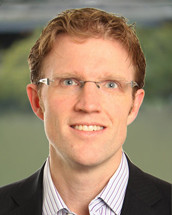

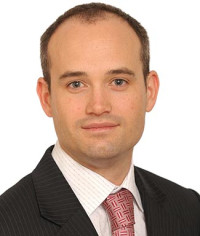
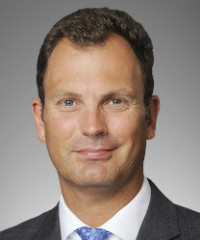
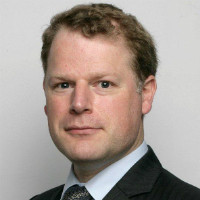
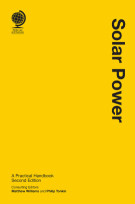

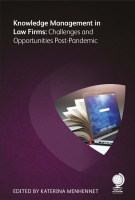
Any comments - send us an email